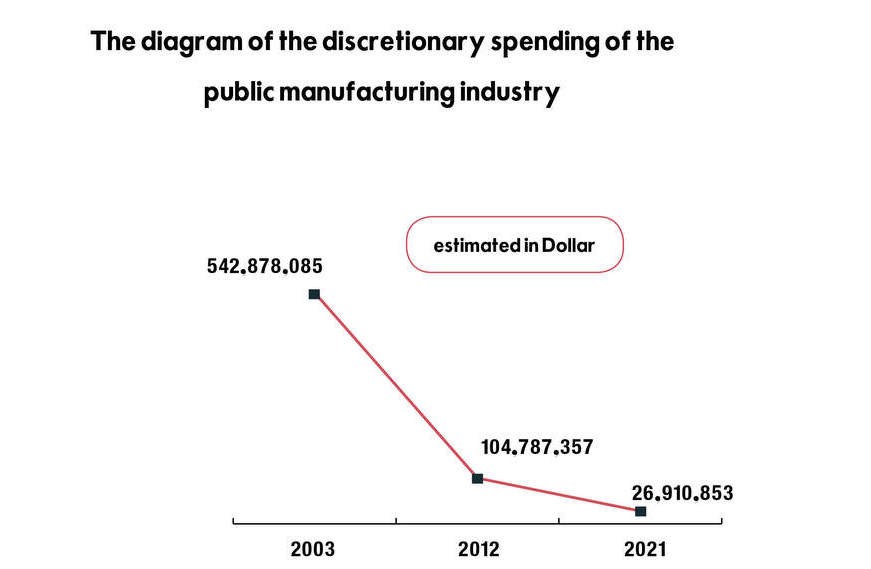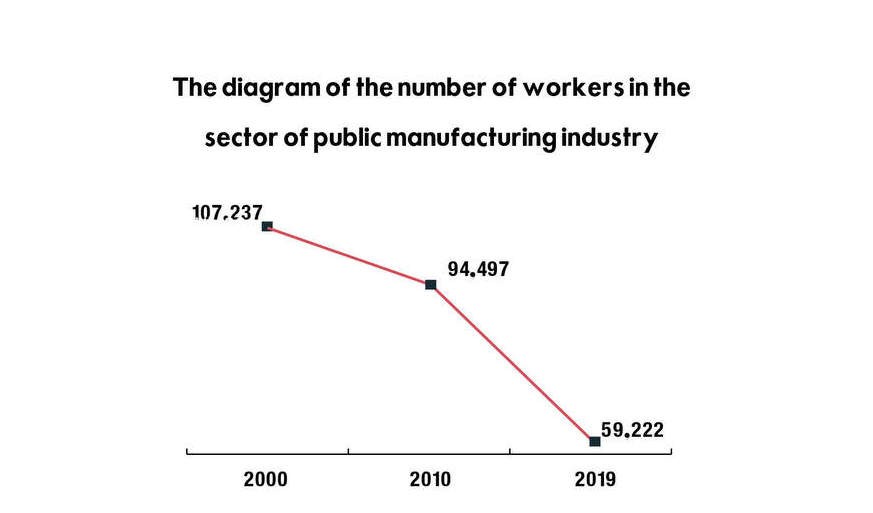- Articles
- Posted
Rehabilitation of Industry Worldwide: How Did Syria Eliminate its Manufacturing Industry?
With each passing day, and with every additional complication and blow to the global economy, it is becoming increasingly clearer that only the countries that have maintained and developed their production systems – particularly the real production in industry, agriculture, and others – are the ones able to be resilient and ensure the living conditions of their people considerably, and away from the corny use of slogans about resilience.
Of course, Syria is not an exception in this equation. A quick glance at the situation of industry in Syria, particularly manufacturing industry since before and during the years of the crisis, is enough to shed light on one of the most important profound reasons for the deterioration of the living conditions of Syrians. This makes the country one of the most fragile and weak countries in the world when facing the repercussions of the daily increasing global economic crisis.

Spending on Manufacturing Industries: 4.9% Only
Manufacturing industries (i.e., industries whose activity involves converting raw material into final products or intermediate products) had a good contribution in the country’s GDP during the precrisis years. This contribution had reached proportions between 5.6% and 6.7% of the GDP between 2007 and 2010, i.e., about 18% of the Syrian industrial output which is mostly extractive industries (oil and LPG).
In this sense, any desire to develop manufacturing industry was contingent to more government spending in order to be pushed forward, particularly in the crisis circumstances the country has gone through, where it was necessary to consider supporting industry and production to reduce the import bill, particularly the import of final products.
However, like most of the aspects of economic activity in the country, (discretionary) government spending on the sector of manufacturing industry has witnessed a huge decline. Despite that the journey of this spending was declining and “raising” in Syrian pounds throughout the years, the actual journey of it was a definite decline when measuring it by the US dollar. The discretionary spending on the sector of manufacturing industry in the State’s general budget has decreased from about $543 million in 2003 to approximately $105 million in 2021, and has witnessed another huge increase again in 2021, as it did not exceed $27 million. In other words, the total discretionary spending of the government (from which only a small proportion is actually spent) was in 2021 equivalent to only 4.9% of the discretionary spending that was announced in 2003.

Syria has Lost more than 44% of the Sector’s Workers
One of the corollaries of government neglect in regard to supporting the sector of manufacturing industry is the profound draining that occurred to the staff working in that sector. Instead of pushing the sector to become a mainstay in attracting the unemployed new Syrian competencies, the Syrian manufacturing industry that belongs to the public sector has lost more than 44% of its workers in 20 years. That is, this loss is not the result of the outbreak of the crisis in 2011 only, but also a precedent to it. The number of workers in the public manufacturing industry has decreased from 107 thousand workers in 2000 to 94 thousand workers in 2010, followed by a significant decrease in 2019, when it fell to 59 thousand workers only.

Wholesale Losses, and Underdeveloped Data
According to the abovementioned factors, it made sense that the manufacturing industry that belongs to the public sector has witnessed accelerated downfalls in various fields of this industry. One example is sugar, of which the production of the public sector has decreased from 109 thousand tons in 2000 to 13 tons only in 2009. Another example is vegetable oil, whose production fell from 45 thousand tons to less than 900 tons. In addition to ghee and butter, of which the production of the public sector has declined from 975 tons to 100 tons only. In the same way, paint production in 2019 constituted only 33% of the public production in 2000. Also, the production of refrigerators has declined from 30 thousand refrigerators in 2000 to 700 refrigerators only, and same applies to televisions, whose numbers have fallen from about 170 thousand televisions to less that 3 thousand televisions only.
The decline has reached a point where many public industries have stopped, such as ceramic, of which the Syrian public sector used to produce 1150 square meters in 2000, to reach 0 square meters in 2019, as well as railway, of which the public sector has produced 60 tons in 2000, reaching 0 also in 2019. It is worth mentioning that most of these figures have stopped at the borders of the year 2019, and were the latest to be published in the statistical group published in the Central Bureau of Statistics, given that the reality of the situation affirms that the decline series have not stopped, rather have witnessed unprecedented declines in 2020 and 2021.



